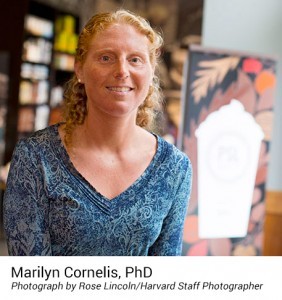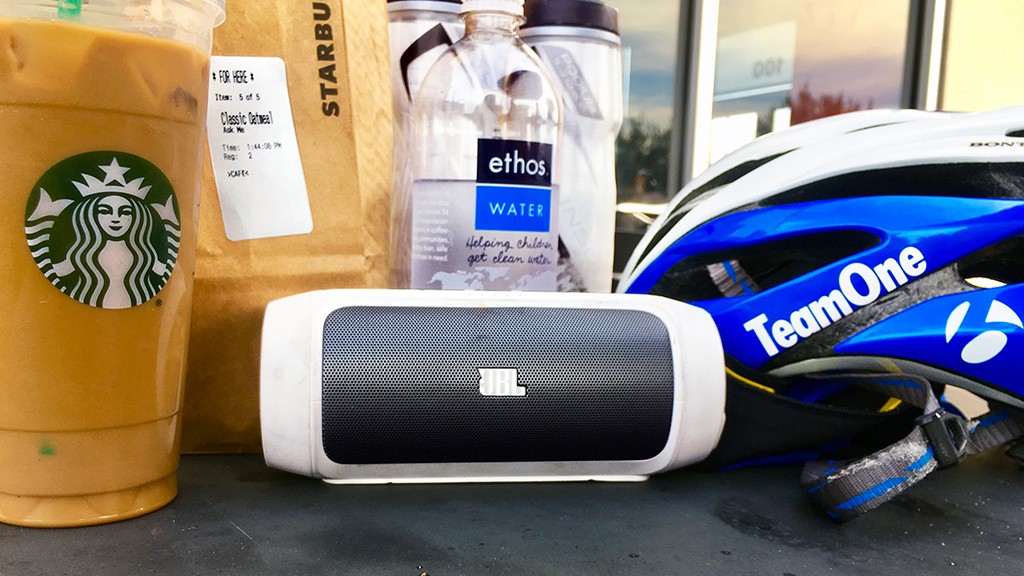The Diabetes Forecast, The Healthy Living Magazine reported that — You probably know that coffee seems to help wake you up in the morning—and afternoon, and sometimes in the evening, too. But did you know it might help prevent diabetes?

With the help of a grant from the American Diabetes Association, Cornelis is beginning to investigate why that might be. Caffeine may not be one of those reasons—it has been shown to increase blood glucose levels.
Instead, Cornelis thinks other substances in coffee could be at play. “Coffee is an important source of caffeine, but it’s also got other chemicals that might be protective,” she says. The complex aromas that coffee buffs savor come from hundreds of different chemical compounds released in the roasting process, for example, coffee is known to contain high levels of antioxidants.
When those chemicals are ingested, they interact with the body in ways we don’t yet understand—hence the mystery behind coffee’s protective effects. Cornelis wants to learn how these chemical interactions might help to prevent type 2 diabetes. But first, she has to figure out what chemicals are produced when we drink a cup of coffee. “When we consume a food, it’s broken down into smaller elements that we find in the blood,” she says. “I’m interested in seeing what [smaller elements] are derived from coffee consumption.”
Protective Benefits
In technical terms, those smaller elements are known as “metabolites,” after “metabolism,” the process of breaking down nutrients into components we can use. To find out what they are, Cornelis turned to a colleague in Finland. The Nordic nation consumes more coffee per capita than any other: an average of 2.6 cups per day per person, three times the U.S. average.
Using data from a Finnish study, Cornelis compared blood samples of 46 Finns after four coffee-free weeks with blood from those same participants after a month of drinking a whopping eight cups of coffee daily. She hopes she can identify chemical compounds that show up when the body processes coffee. Because she already knows the metabolic signature of caffeine from earlier work, identifying more metabolites might help identify what’s uniquely protective about coffee. “The next step is [determining] whether any of these metabolites are protective for diabetes,” Cornelis says.
Even before the results are in, Cornelis says it’s time to rethink coffee’s reputation as a bad habit. This year, the Food and Drug Administration acknowledged coffee’s benefits for the first time and suggested five cups as a healthy upper limit, more than in the past.
Gene Pool
So why not encourage everyone in America to drink coffee like the Finns? “In general, people are already consuming the amount they appear to tolerate,” Cornelis says. “If someone’s had too much coffee, they can tell.”
Thanks to their genes, some people are simply better at metabolizing caffeine. For example, some people can down an espresso after dinner and sleep soundly all night, while others get the jitters all day from a single cup with breakfast.
Someone who metabolizes caffeine faster is going to get less of a jolt per cup and be more likely to drink more coffee each day—and therefore might get more of the chemicals that reduce diabetes risk.
It’s also important to remember that the studies showing coffee’s benefits are broad surveys that include hundreds of thousands of people, and the benefits are measurable but still small compared with more familiar recommendations targeting weight management and adequate exercise. “If you feel you can’t tolerate coffee, I wouldn’t recommend drinking more,” Cornelis says. “But if you’ve been avoiding coffee because you thought it was bad for you, allowing yourself a cup or two a day might be good.”
One important thing to remember: Most of the studies on people and animals have used black coffee, rather than sugary, milky concoctions. The extra calories in a Frappucino, in other words, probably offset any benefits the coffee inside may convey. “With this in mind, black coffee would be the preferred choice,” says Cornelis.
Excerpt from Diabetes Forecast, The Healthy Living Magazine by Andrew Curry | Posted: July 15, 2016


